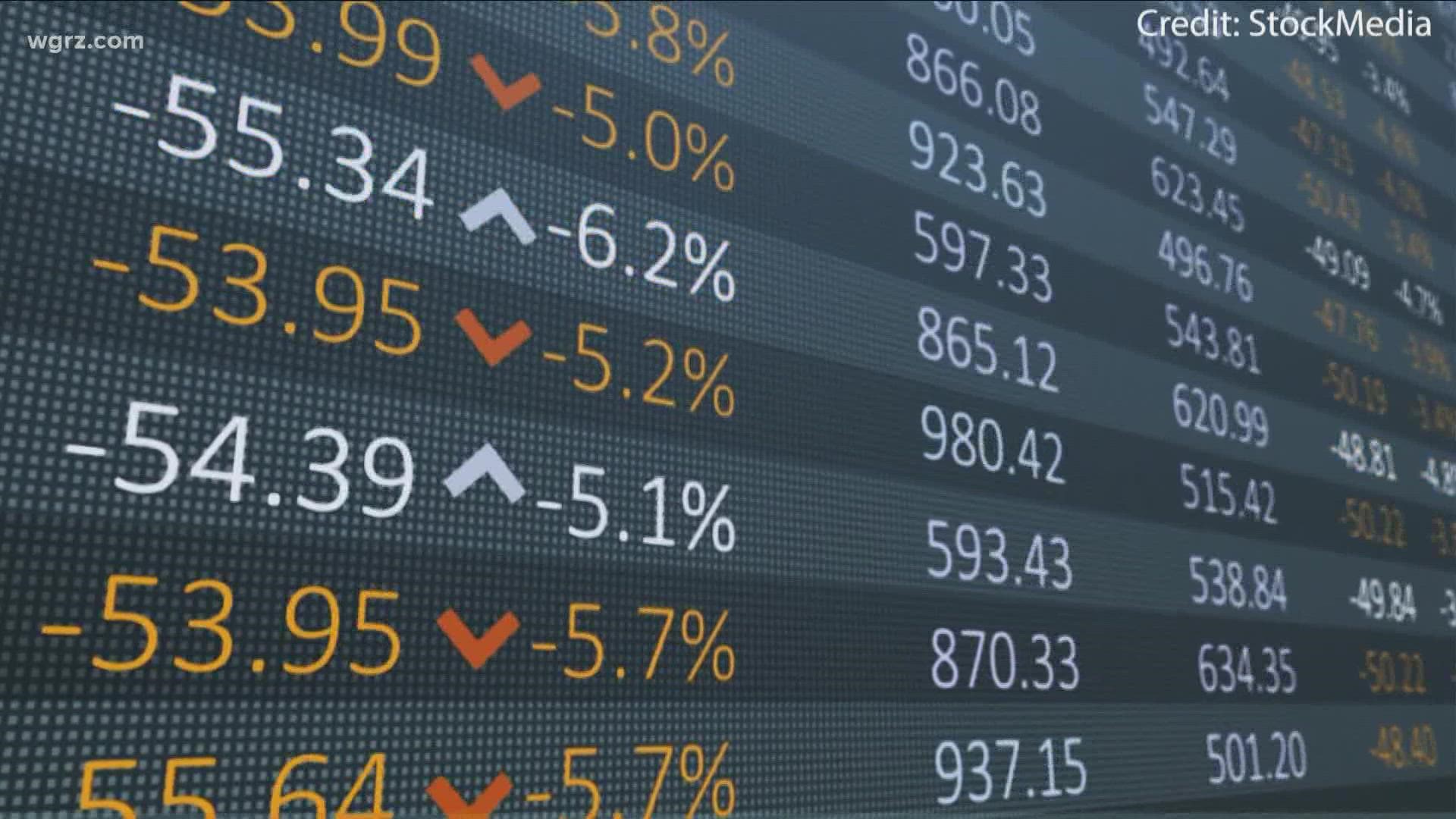BUFFALO, N.Y. — While many Americans may prefer the United States stay neutral in the Russian invasion of Ukraine, the violence and political fallout in that region may in fact impact our national and local economies.
2 On Your Side turned to a local financial expert for his expertise and perspective.
The signs of the times with gas prices at $3.75 a gallon are very visible on street corners right now as those prices just keep moving on up. That started even before the Russian move against Ukraine.
Earlier on Friday, NBC News got the latest educated guess from GasBuddy.com oil and gas pricing analyst Patrick DeHaan as to where we might be headed.
"That could bring us on the road to $4 a gallon national average by May, and then beyond that, the all-time record high is $4.10 in 2008. We certainly could strike that by April or Memorial Day weekend," DeHaan said.
Obviously the Ukraine-Russia situation is a driving factor. But the U.S. economy is also rebounding from the COVID pandemic when people were not driving. In fact, in the spring of 2020, the per barrel price of oil actually went below zero for the first time in history.
And again, we have to think beyond Western New York, according to financial analyst Anthony Ogorek of Ogorek Wealth Management. He says this about energy prices even as they relate to Western New York.
"These are global markets and people just have to, you know, have to accept that," Ogorek said.
Also for perspective, he says to consider another current fuel source, such as natural gas, which is also produced by Russia for Europe, whereas the United States has more of a domestic supply.
Ogorek makes this point, "I think that there's a misperception out there about energy pricing and specifically gasoline prices. On every other corner they see gasoline prices posted. It's right in their face, very sensitive to that."
But he says the average consumer has no idea of the price of natural gas, which heats our homes and runs many appliances.
"Just as an example our cost per million BTU's is right now about $4, $4.50 for that unit. When you go to Europe it's about $26. It's interesting," Ogorek said.
So things may not be as bad as we they could be with our economy. Although again, it's global, and pandemic recovery inflation is now roaring at the highest point since 1982.
So the Federal Reserve may start raising interest rates to compensate and loaning money may be more expensive. Ogorek says also toss in supply chain issues.
"We will have typically less choices," Ogorek said. "We're going to have longer waits, and we're probably gonna higher prices. None of those things are really great for the financial markets or for stocks."
However, before you start panicking and paring your portfolio to cash out, Ogorek says to remember this: "Historically, stocks have been one of the best inflation hedges, so you are going to have some element of volatility, but you also are going to have your purchasing power protected over time."

